-

Erin Donahue -

Christina Barkanic -

Brittany Trott -

Emily Wiley -

Jessica Reilley -

Chris Raines -

Will Nichols -

Emily Reddy -

Michele Marchetti -

Michele Frank -

James Gherardi -

Kit Henshaw -

Christina and Erin -

Kim Tait -

Erin McKinney -

Steve Spanelli -

Sam Komlenic -

Katherine Taylor Grofic -

James Eisenstein -

Jamie Oberdick -

Anna Lombardo -

LacCreta Holland -

Tony Ricci -

Local Food Journey -

Laura Young -

Kristin Camplese -

Harrison's Fresh + Local -

Danielle Matalonis -

Kristine A. -

Linda Weaver -

Naomi Elle Schwartz -

Dana Stuchul -

Cara McShane -

Brittany Smith -

Jessica Illuzzi - Frosty
-

Jessica Paholsky -

James Sechrengost -

Brad Yeckley -

Maya Althouse -

Jordan Reabold -

Kim Chase -

Maria Bryant - Alexandrea Scott
Why Do We Grow Parsnips?
Posted by James Eisenstein on 08/07, 2013 at 09:11 AM
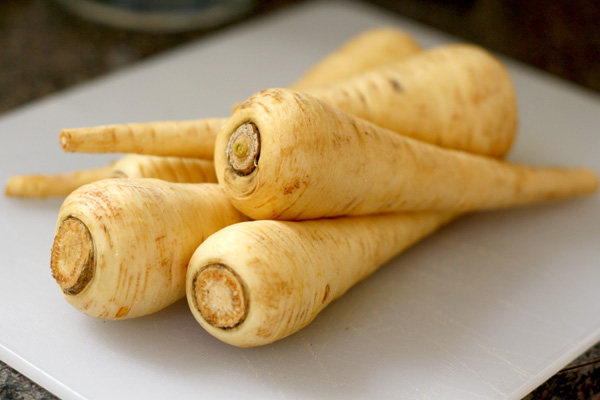
This is a very good question, one I was asking myself during three or so hours back in mid-July hand-weeding this year’s patch. It was hot! Last year we had no parsnips to sell or use, so I volunteered to take responsibility (with help from John). Most organic farmers don’t grow them. I have no idea how commercial, non-organic large scale growers grow them for a profit, but they evidently do. While we like to farm, it is necessary from time to time to get more money for a crop than you spend in time, effort, and inputs. If I weren’t unpaid, parsnips wouldn’t make the cut. They still might not.
What’s the problem with them? They germinate poorly (John seeded them twice, about 5% germination the first time, about 50-60% the second). Weeds come up before the seedlings, so early hand-weeding and hoeing is necessary. You have to do it again when they are bigger. And with the rain we’ve been having, they haven’t grown as fast as the weeds.
The leaves are poisonous (no feeding the tops to the goats!), and occasionally some people break out when they touch the leaves.
To give you a vicarious thrill of what the task is like, I’ll describe the process and post more pictures. Actually, it doesn’t take a Ph.D. in political science to do it. Get down on your hands and knees, find a place where some parsnips are growing, distinguish the parsnips from…
...the weeds, pull the weeds up without grabbing a parsnip stem so both come out, pick up your glasses which, slick with sweat have fallen amongst the weeds, wipe the sweat from your eyes, and go to the next spot, and the next, and the next–you get the picture. But, as I like to say, it beats grading bluebooks.
When you are done, the weeded field looks pretty good. In the picture of the weeded field, you’ll see some of the pulled weeds between the rows, a futile effort to smother the new weeds that are already growing vigorously. They will have to be weeded again at least once, with luck during cooler weather.
If you’ve ever tried parsnips, you might know why I am trying to see that we have a crop. They are great in soups and stews, can be harvested after the first frost up until early spring. You’ll find these (I hope) at the Jade Family Farm stand at the Boalsburg Farmers Market.
No matter which local grower you purchase them from, I hope you’ll appreciate what it takes to get a crop.
![]() Author: James Eisenstein
Author: James Eisenstein
Bio: Unpaid Field Hand at Jade Family Farm | Former Penn State Professor
- Our Local Food Journey comes to an end
- Winter isn’t a quiet time at the farm
- Get the taste of garden season right now by growing herbs indoors
- All you need to know about PASA’s Farming for the Future conference


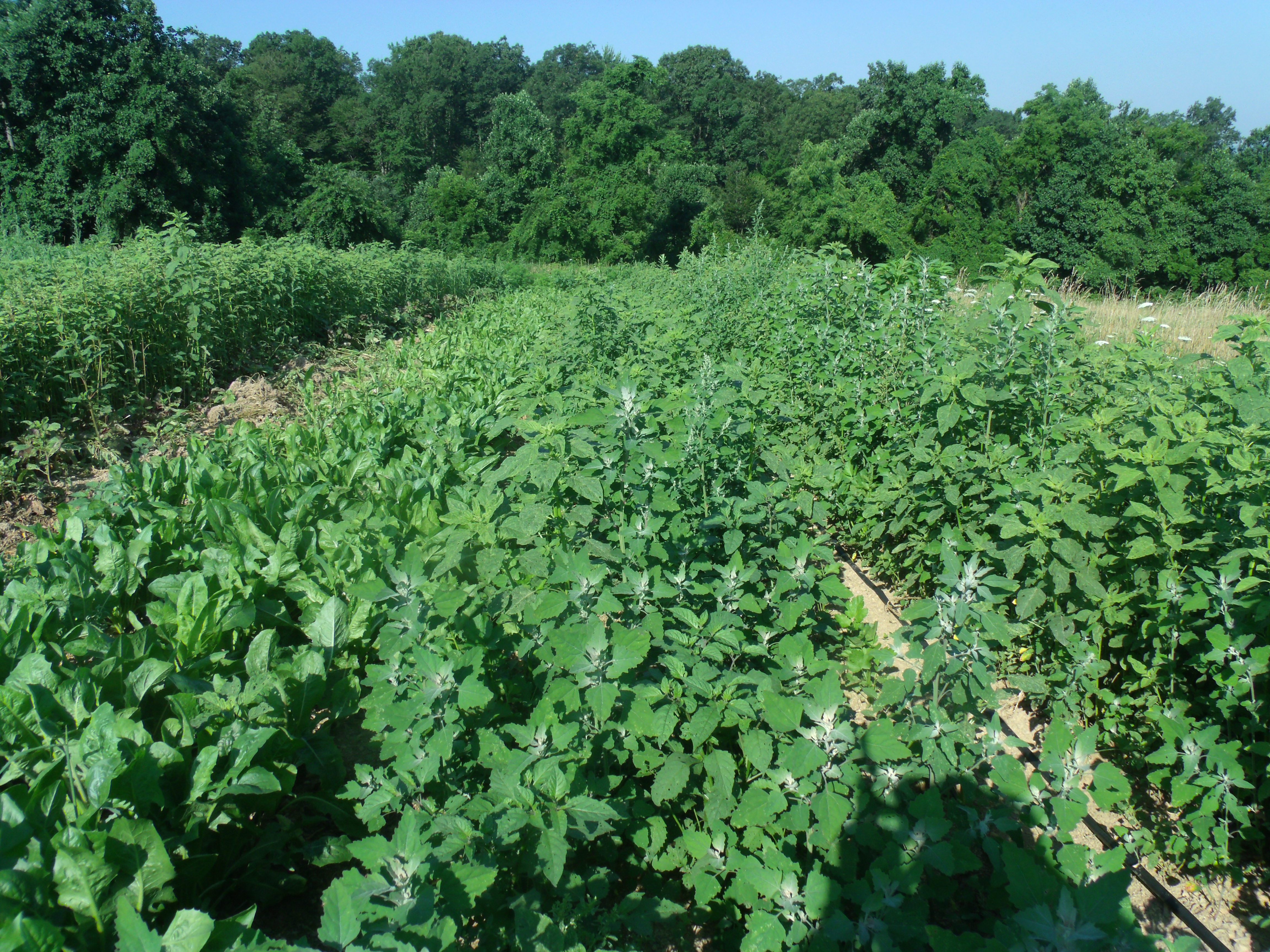
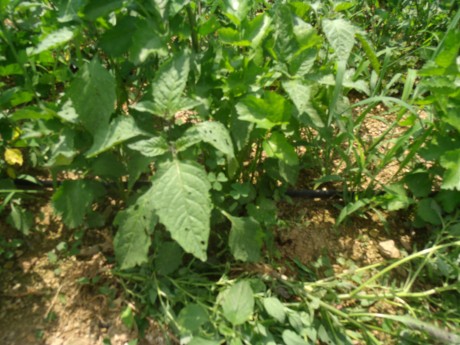
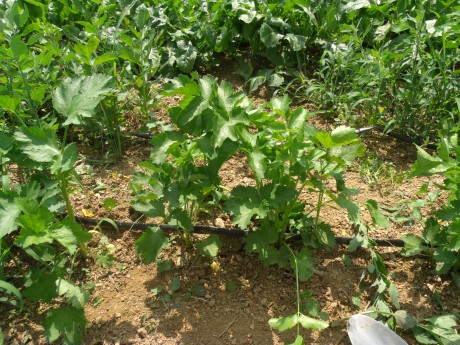
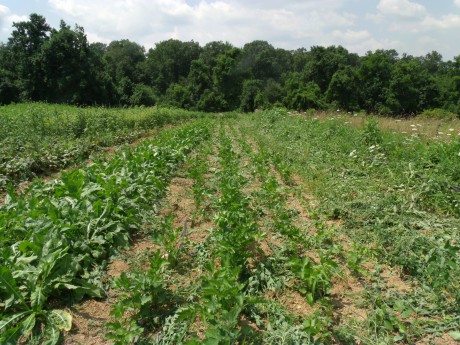







NO COMMENTS